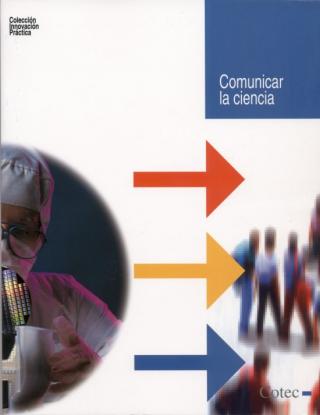Se descubren en el espacio interestelar moléculas clave para la formación de estructuras básicas de la vida. Se ha logrado identificar una de las moléculas de mayor complejidad encontradas hasta ahora en el medio interestelar, el naftaleno. Su detección sugiere que buena parte de los componentes clave en la química prebiótica terrestre podrían haber estado presentes en el material interestelar a partir del cual se formó el Sistema Solar. El naftaleno se ha descubierto en una región de formación estelar de la constelación de Perseo, en dirección a la estrella Cernis 52. Las bandas
Advertised on


